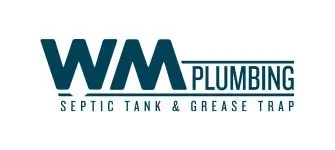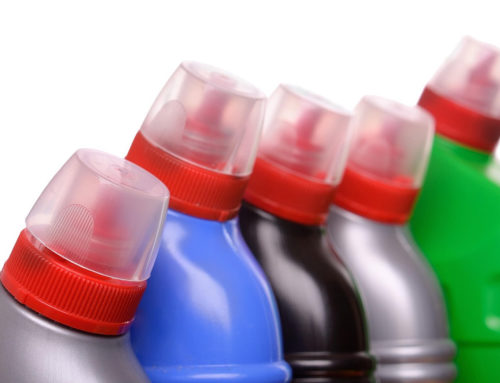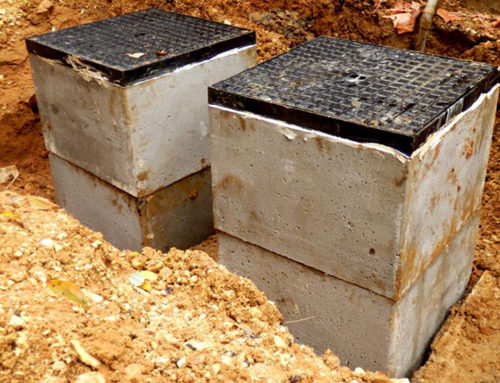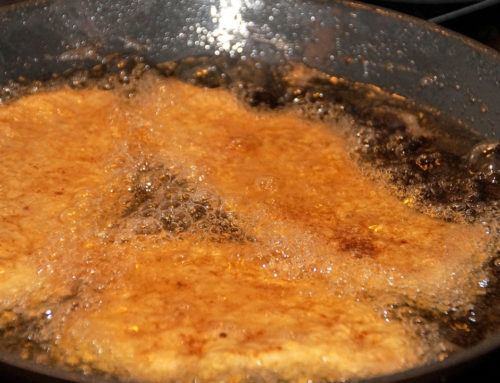What Will Destroy a Septic Tank?
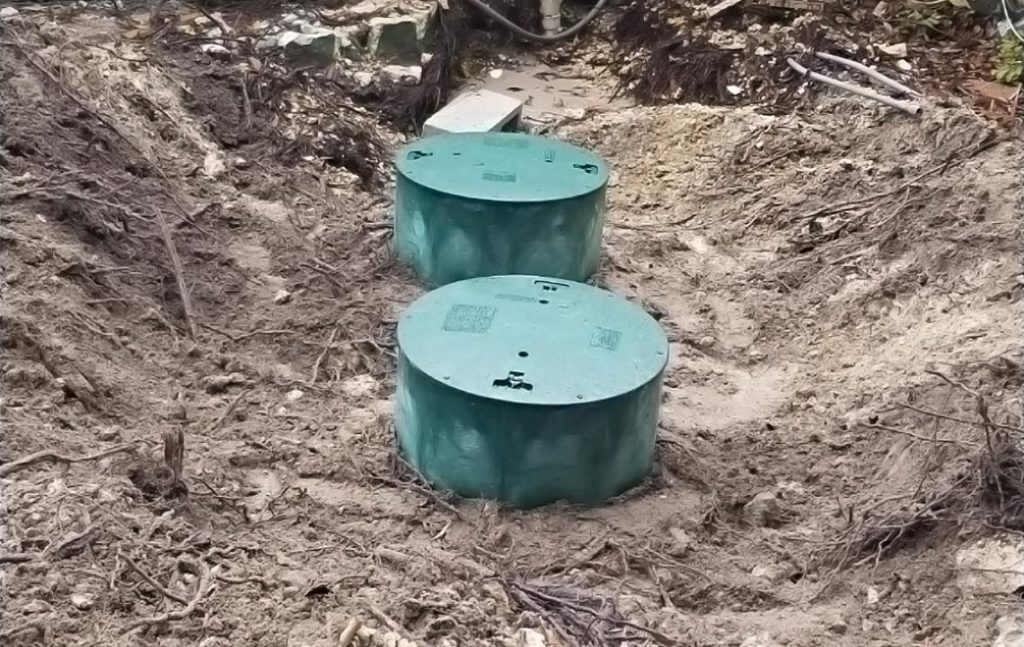
A septic tank is a crucial component of many residential and commercial wastewater treatment systems. Proper maintenance and care are essential to ensure its longevity and functionality. While septic tanks are designed to withstand a variety of waste materials and environmental conditions, there are several factors that can contribute to their deterioration or damage over time.
- Lack of Regular Maintenance: One of the primary reasons for septic tank issues is the lack of regular maintenance. Routine pumping and inspection are necessary to prevent the accumulation of solids in the tank, which can lead to clogs and blockages in the drain field.
- Flushing Non-Biodegradable Items: Flushing non-biodegradable items down the toilet or pouring them down the drains can cause significant harm to a septic tank. Items such as paper towels, feminine hygiene products, diapers, and grease can accumulate and form obstructions, hindering the tank’s efficiency.
- Chemical Overload: Excessive use of household chemicals, especially strong cleaning agents and antibacterial soaps, can upset the balance of bacteria in the septic tank. These bacteria play a crucial role in breaking down solid waste. Harsh chemicals can kill these beneficial bacteria, leading to reduced tank efficiency.
- Tree Roots Invasion: The roots of trees and large shrubs can infiltrate the septic tank and its drainage pipes, causing physical damage. As the roots grow, they can create cracks in the tank walls or disrupt the flow of wastewater in the drain field.
- Heavy Traffic or Construction Over the Tank: Building structures or parking heavy vehicles over the septic tank area can lead to soil compaction and damage the tank or its components. It’s essential to be aware of the septic tank’s location and take precautions to prevent unnecessary stress on the system.
- Excessive Water Usage: Using large amounts of water in a short period, such as running multiple appliances simultaneously or having a malfunctioning plumbing fixture, can overwhelm the septic system. The sudden influx of water can push solids into the drain field, causing clogs and potential damage.
- Age and Material of the Tank: The material and age of the septic tank itself can contribute to its vulnerability. Older tanks made of concrete or steel may deteriorate over time due to corrosion or wear. Regular inspections can help identify signs of aging and address potential issues.
- Cat Litter: Most cat litter expands in when wet, making it extremely dangerous to flush down the drain. You shouldn’t even flush biodegradable and flushable kitty litter. It’s not worth the risk to your septic system.
- Inadequate Drain Field Maintenance: Neglecting the maintenance of the drain field, where the treated wastewater is released into the soil, can lead to problems. Compacted soil, root intrusion, or a buildup of solids in the drain field can reduce its effectiveness and, ultimately, harm the entire septic system.
A septic tank is a durable and efficient wastewater treatment solution when properly maintained. Regular inspections, responsible waste disposal practices, and awareness of potential issues can help prevent the factors that may lead to the deterioration or destruction of a septic tank. Homeowners should follow recommended maintenance schedules and seek professional assistance when needed to ensure the long-term functionality of their septic systems.
You might also want to read about are long showers bad for septic systems?
